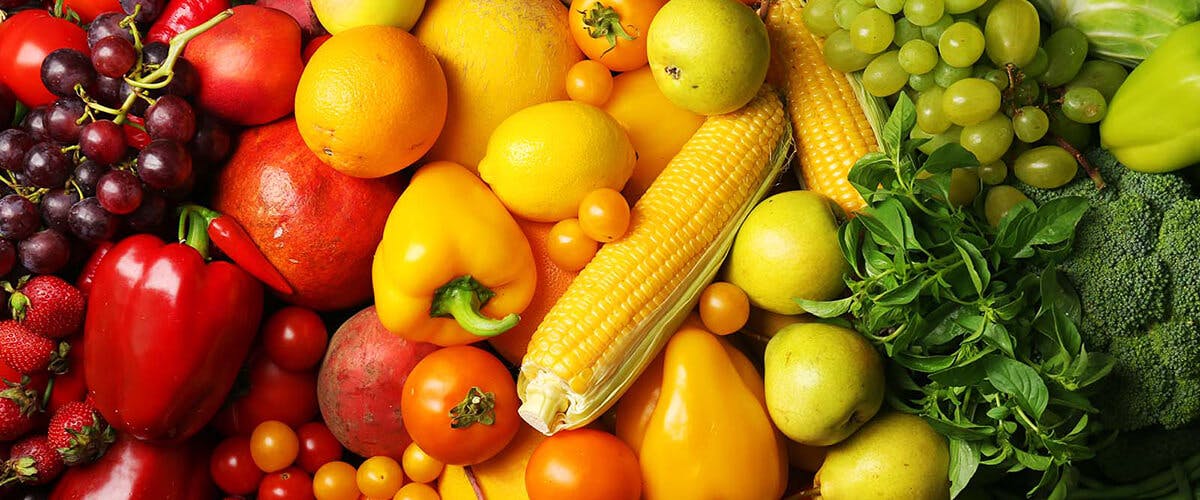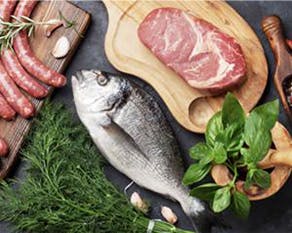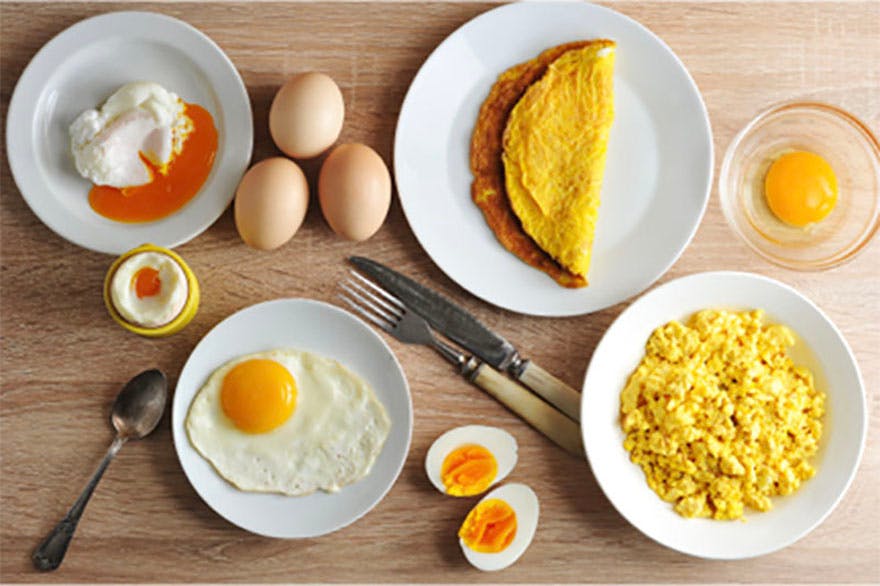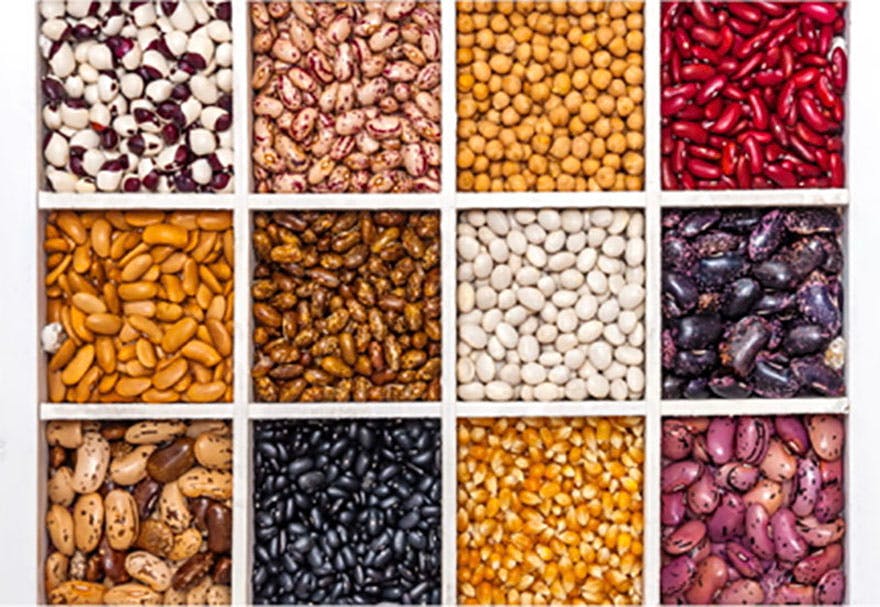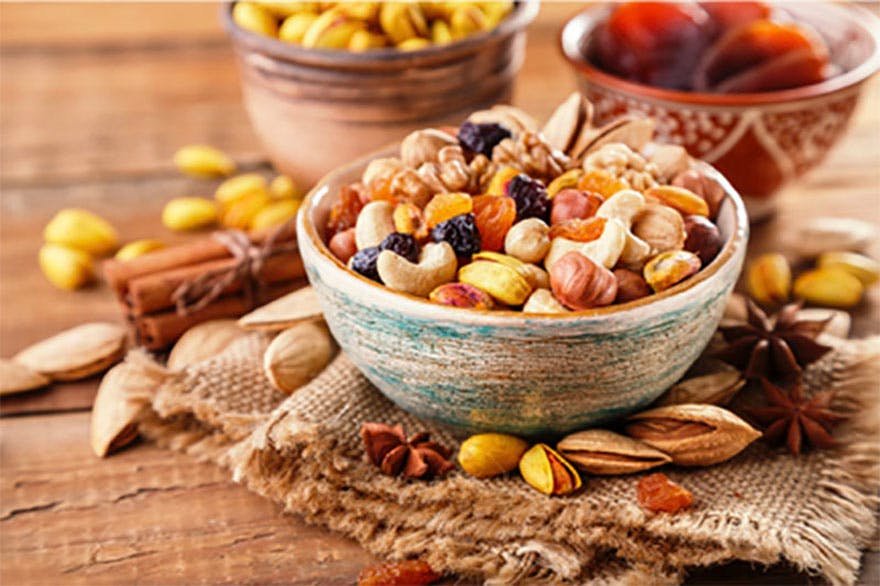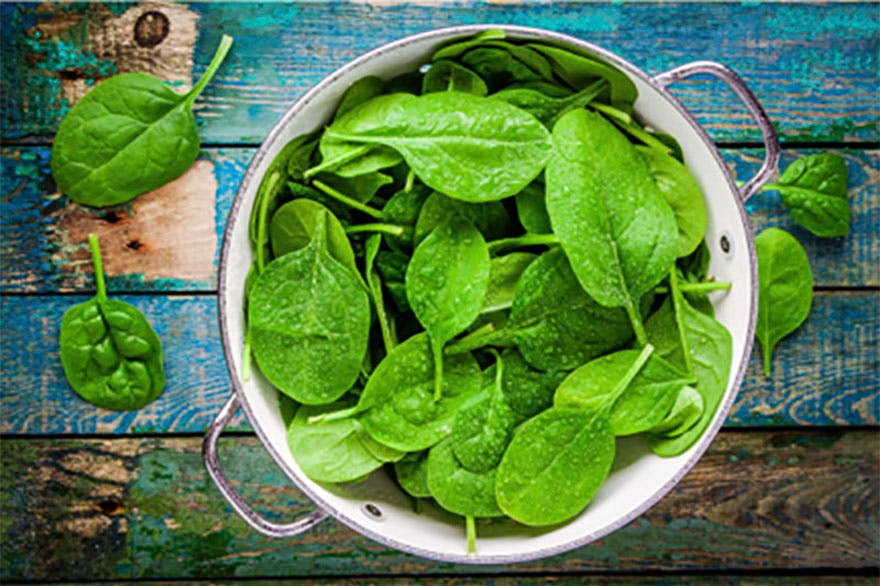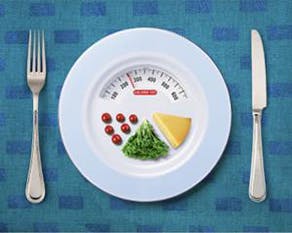Often Feeling Weak & Dizzy? You Could Have Iron Deficiency. Here are 5 Iron-Rich Foods To Boost Your Energy
WOMEN'S HEALTH
04.24.2018
Iron deficiency is a lot more common than you would think. A recent survey by SATA CommHealth(i) revealed that almost half of the Singaporean women could have an iron deficiency without them knowing! Women are more prone to suffer from iron deficiency especially if they experience heavy menstruation bleeding or during their pregnancy period. If not treated immediately, it will lead to iron deficiency. One of the most common symptoms of iron deficiency is exceptional lethargy. However, this symptom is also hard to distinguish because the feeling of exhaustion is no stranger to most of us, often a fixture in our busy schedules. Some other symptoms include paleness, dizziness and irregular palpitations.
Having a balanced diet that is iron-rich is essential to preventing iron deficiency. The Recommended Dietary Intake (RDI) for men is 8 mg of iron daily, while women are expected to take 18 mg of iron daily. Pregnant women have a higher RDI of 27 mg of iron(ii) every day as their bodies absorb up to 17 mg of iron daily(iii). Here are five iron-rich foods that can help you meet your daily iron intake requirement.
Meat and Fish
Red meat and fish are rich in iron and are the most recommended food for those with iron deficiency. A 100-gram serving of ground beef contains 2.7 mg of iron(iv), 15% of the women's RDI. While some people are not big fans of organ meats, organ meats such as liver, kidneys and heart are highly nutritious. A 100-gram of beef liver contains 6.5 mg of iron, more than twice of what the same amount of red meat can provide. Add meat to your lunch and dinner. You can stir-fry it with some vegetables to add more variations.
Eggs
You can get 1 mg of iron from two large egg yolks -- not the richest in iron, but possibly the easiest to incorporate into your meals. Go creative when cooking eggs -- sunny-side up, scrambled, steamed, anything! If you are a fan of mayo, you can make a tub of egg mayo and keep it in the fridge so that you can have it with your toast or salad every day.
Pulses and Beans
Pulses(v) are edible seeds of plants, usually harvested as dry grains. Some examples are dry beans, dry peas, chickpeas, and lentils. For vegetarians, beans and pulses are excellent sources of iron -- a cup of cooked lentils contains 6.6 mg of iron. To maximise the iron absorption, consume them with foods that are rich in vitamin C such as tomatoes or citrus fruits. Swap your rice with lentils or chickpeas, or add them to your salad bowl.
Dried Fruits and Nuts
Dried fruits and nuts are good sources of iron. Every 30 grams of cashew nuts, for instance, provides around 2 mg of iron. Other iron-rich foods are almonds, hazelnuts, dried apricots and raisins. Pick dried fruits or nuts as a healthier choice for your afternoon snacks. You can also sprinkle them over your cereal, salad, smoothie or oatmeal bowl.
Dark-green Leafy Vegetables
It is very important to include vegetables with dark green leaves in your diet. Spinach is an excellent source of iron, both when cooked or eaten raw. 1 cup of cooked spinach contains more than 6 mg of iron. Besides opting for green leaf salad, you can stir fry vegetables or cook them with pasta.
Having a balanced iron-rich diet is essential to meet the nutritional requirements and to provide you with energy. However, we all know that balancing your diet is not an easy task, especially if you have a busy lifestyle. Supplement the gap in your iron requirement by taking multivitamins. Most multivitamins also contain vitamin C that helps your body absorb the iron you consume. This will bring you one step closer to meeting your iron RDI.
- Lai, L. (2015, November 26). Women 'not aware of iron deficiency'. Straits Times. Retrieved March 22, 2018, from http://www.straitstimes.com/singapore/health/women-not-aware-of-iron-deficiency
- CommHealth, S. (2015, December). Facts On Iron Deficiency. Health Line, 10, 4.
- SATA CommHealth. (2015, December). Health Line. Retrieved March 22, 2018, from SATA Newsletter: https://www.sata.com.sg/wp-content/uploads/2015/12/HealthLine-Dec-2015-FINAL.pdf
- http://nutritiondata.self.com/facts/beef-products/6202/2
- https://pulses.org/what-are-pulses
Recommended Articles
The 5 Best Foods That Will Help Supercharge Your Brain
Amidst our busy schedule, it's important to retain our focus and memory. Resting alone is not...
Iron deficiency is a lot more common than you would think. A recent survey by SATA CommHealth(i...
Mars vs Venus: Understanding the His and Hers of Nutritional Needs
Mars vs Venus: Understanding the His and Hers of Nutritional Gaps Although their DNAs are...

